Angry Photographer: REPOSTING rebuttal to UNTRUTHS in response to HE who cant stand being corrected
Angry Photographer: REPOSTING the rebuttal to horrible untruths in response to HE who cant stand being corrected
I posted the following::
At 12:24 (IN HIS VIDEO) you state “XXXMark is really smart at how they score this (a very untrue statement)…..there is a good reason why (the D810 score is twice that of the D5500, which is also the same sensor in the D7200 by the way) the D810 scores twice as high, since the sensor is about twice as big ….For any given ISO it is gathering twice as much light (not true point 2)…and its that total light that makes the biggest difference in your image quality (not true point 3)” ISO in digital is a time sampling RGB signal gain and has a native limit at which point signal amplitude is applied.
No lens on earth “cares” or “knows” what sensor is underneath it, the angle of interception of the circle of rear element of projection (Field of View) changes, but this has no effect on luminal density (LUX) per square mm of sensor. Photosite GAIN (less gain, and higher noise on DX photosites, which are smaller) has been mitigated by SNR time-elimination algorithms. Radio astronomy (light is EM, radio is EM, EM is EM, regardless) has used this software ‘trick’ now for many years, its use is now standard in interferometry.
As for “image quality”, this confuses sensor level SNR (noise and gain) without applying SNR compression althorithms used by Nikon and others which have allowed for low light high ISO performance on DX sensors such as the D7200. Image quality is also relational to pixel density. The DX sensor, per square MM, while having less gain, has more translational data, which is why nature shooters are using 800mm lenses (for example) on DX sensor cameras. Likewise the lack of smaller DX photosite gain has been mitigated by advanced time-compressional SNR algorithms in the digital processors AFTER the sensor and AD converters but before the DSLR buffer.
To speak of “quality” is obtuse, and leaves out 1. Rendition 2. Pixel density, 3. SNR gain algorithms, and other criterion. This is why the next generation of all digital cameras are FF sensors with DX pixel densities (ala the new Canon 50MP sensor camera,…which happens to be a 62MP sensor, but down-sampled to 50MP to allow for faster buffer read-writes).
This incorrect conclusion assume two things which are wrong: (sensor) size is relational to luminal density, however no sensor is gathering more light, rather has (or can have) higher GAIN due to photosite size as present on FX sensors. Digital camera sensors contain ‘microlenses’ above and around each photosite to enhance their light-gathering ability. These lenses are analogous to funnels which direct luminal capacitance into the photosite where the light would have otherwise been unused.
However as is the case, larger photosites with greater gain have a downside (again, the same thing was ‘discovered’ in radio astronomy using large dishes), which is larger photosites gather more unwanted peripheral luminal noise not desired to be directly captured.
As such, the statement that “XXXMark is really smart” is misleading along a wide spectrum of empirical facts relational to FF and DX sensors due to GAIN, SNR algorithms, translational data per square mm (pixel density) and luminal density per square mm which is unchanging between FF and DX sensors. Likewise, again, no lens projects more or less light due to FF or DX sensor being behind same. Angles of interception have no relational inverse-causation on luminal densities.
I posted the following::
At 12:24 (IN HIS VIDEO) you state “XXXMark is really smart at how they score this (a very untrue statement)…..there is a good reason why (the D810 score is twice that of the D5500, which is also the same sensor in the D7200 by the way) the D810 scores twice as high, since the sensor is about twice as big ….For any given ISO it is gathering twice as much light (not true point 2)…and its that total light that makes the biggest difference in your image quality (not true point 3)” ISO in digital is a time sampling RGB signal gain and has a native limit at which point signal amplitude is applied.
No lens on earth “cares” or “knows” what sensor is underneath it, the angle of interception of the circle of rear element of projection (Field of View) changes, but this has no effect on luminal density (LUX) per square mm of sensor. Photosite GAIN (less gain, and higher noise on DX photosites, which are smaller) has been mitigated by SNR time-elimination algorithms. Radio astronomy (light is EM, radio is EM, EM is EM, regardless) has used this software ‘trick’ now for many years, its use is now standard in interferometry.
As for “image quality”, this confuses sensor level SNR (noise and gain) without applying SNR compression althorithms used by Nikon and others which have allowed for low light high ISO performance on DX sensors such as the D7200. Image quality is also relational to pixel density. The DX sensor, per square MM, while having less gain, has more translational data, which is why nature shooters are using 800mm lenses (for example) on DX sensor cameras. Likewise the lack of smaller DX photosite gain has been mitigated by advanced time-compressional SNR algorithms in the digital processors AFTER the sensor and AD converters but before the DSLR buffer.
To speak of “quality” is obtuse, and leaves out 1. Rendition 2. Pixel density, 3. SNR gain algorithms, and other criterion. This is why the next generation of all digital cameras are FF sensors with DX pixel densities (ala the new Canon 50MP sensor camera,…which happens to be a 62MP sensor, but down-sampled to 50MP to allow for faster buffer read-writes).
This incorrect conclusion assume two things which are wrong: (sensor) size is relational to luminal density, however no sensor is gathering more light, rather has (or can have) higher GAIN due to photosite size as present on FX sensors. Digital camera sensors contain ‘microlenses’ above and around each photosite to enhance their light-gathering ability. These lenses are analogous to funnels which direct luminal capacitance into the photosite where the light would have otherwise been unused.
However as is the case, larger photosites with greater gain have a downside (again, the same thing was ‘discovered’ in radio astronomy using large dishes), which is larger photosites gather more unwanted peripheral luminal noise not desired to be directly captured.
As such, the statement that “XXXMark is really smart” is misleading along a wide spectrum of empirical facts relational to FF and DX sensors due to GAIN, SNR algorithms, translational data per square mm (pixel density) and luminal density per square mm which is unchanging between FF and DX sensors. Likewise, again, no lens projects more or less light due to FF or DX sensor being behind same. Angles of interception have no relational inverse-causation on luminal densities.


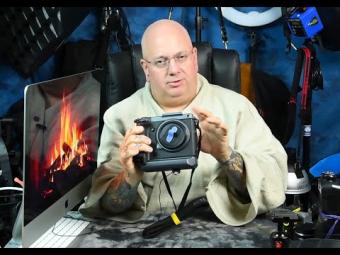

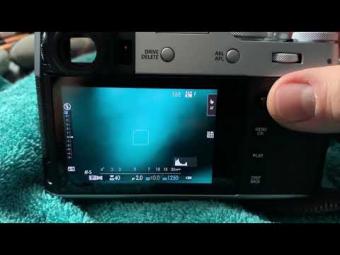




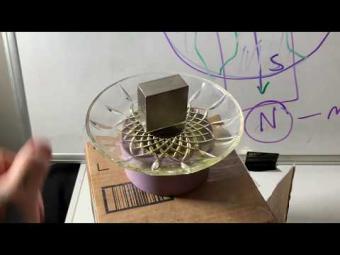

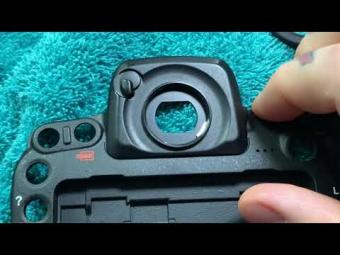
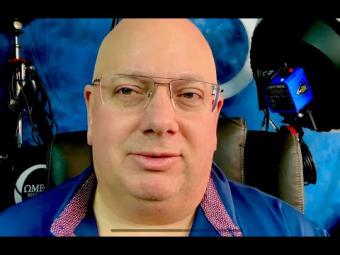
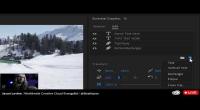








YORUMLAR